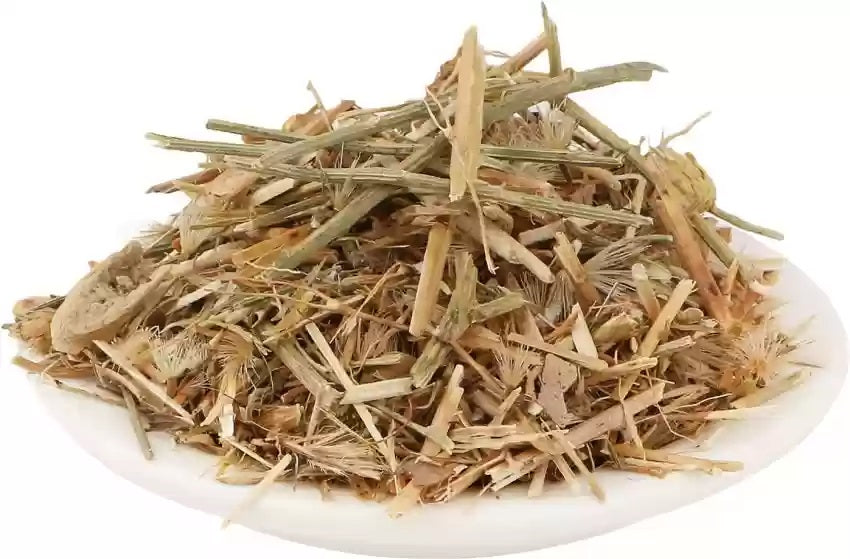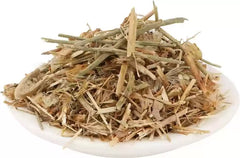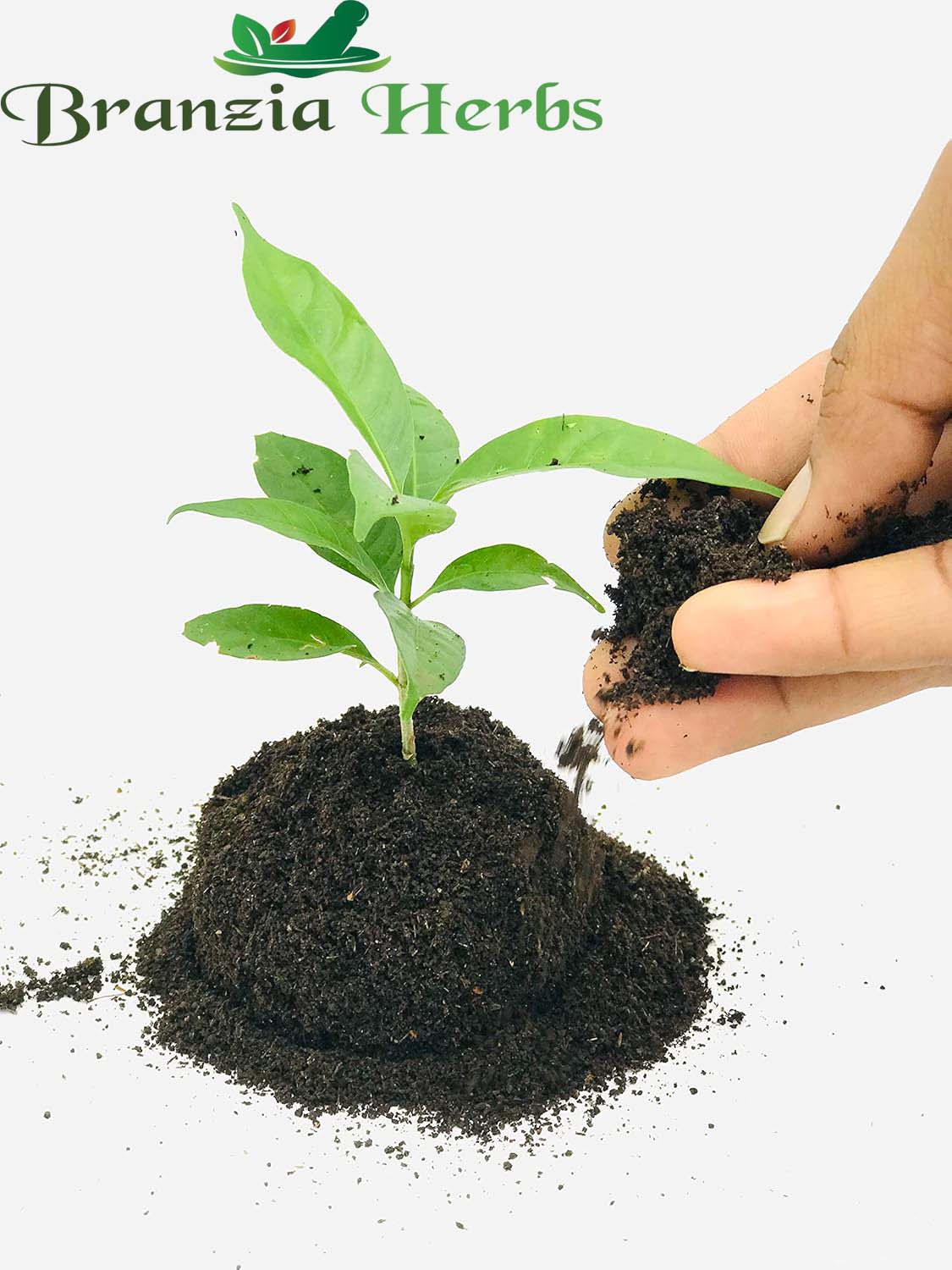

- Choosing a selection results in a full page refresh.
Available 24/7 at
+917568777778


Braham Dandi is a traditional name often used in some regions of India for a plant that is more commonly known as Eclipta prostrata or False Daisy. In Ayurvedic medicine and traditional herbal practices, this plant is valued for its various therapeutic properties. Here's a comprehensive guide on Braham Dandi, including its characteristics, benefits, and care:
Appearance:
Plant Size:
Medicinal Uses:
Ayurvedic Medicine:
Preparation:
Timing:
Soil and Location:
Planting:
Watering:
Fertilizing:
Pruning:
Pest and Disease Management:
Harvesting:
Protection:
Braham Dandi (Eclipta prostrata) is a valuable herb in traditional medicine, known for its numerous health benefits, particularly for hair and skin health. By following proper planting and care guidelines, you can successfully grow this herb and enjoy its therapeutic properties. The plant thrives in well-drained, sunny conditions and requires regular watering and care to maintain its health and potency. Braham Dandi's versatility and benefits make it a valuable addition to any medicinal herb garden.
Get the latest updates on new products and upcoming sales
Thanks for subscribing!
This email has been registered!
